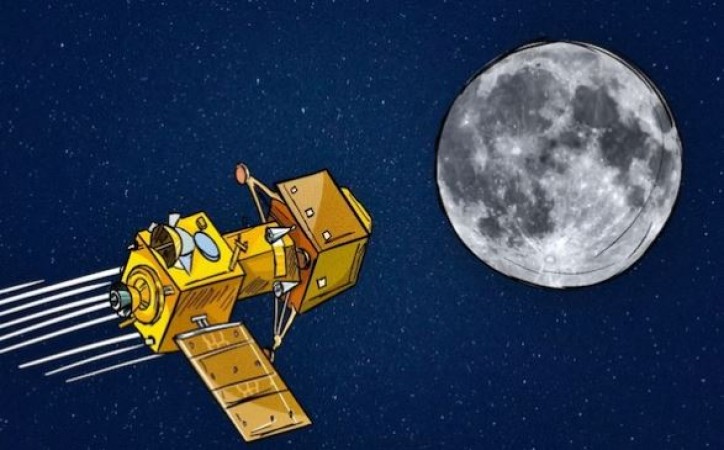
New Delhi: As the world turns its gaze towards the sky on this momentous day of August 23, 2023, the Indian Space Research Organisation (ISRO) stands on the brink of a historic achievement. With the Chandrayaan-3 mission poised to touch down on the enigmatic and uncharted south pole of the Moon, it's a day of anticipation and wonder. While the mission represents the zenith of modern space exploration, it's intriguing to delve into the ancient Indian knowledge that has woven a celestial tapestry around the Moon for centuries.
In India's rich tapestry of ancient wisdom, the Moon, known as "Chandra" in Sanskrit, holds a profound significance. It has long been a source of inspiration, mystique, and spiritual connection. Ancient Indian astronomers, or "Jyotishis," meticulously observed the Moon's phases, cycles, and influence on Earth. The lunar calendar, based on the Moon's waxing and waning, played a pivotal role in various aspects of life, including agriculture, rituals, and festivals. The Moon's ethereal glow and its ever-changing phases evoked metaphors of transformation, cyclicality, and the transient nature of life. It found its place not only in scientific treatises but also in the realms of art, poetry, and philosophy. The silvery orb adorned countless tales, where gods and goddesses, lovers and seekers, were often associated with its luminescence.
As Chandrayaan-3 ventures to touch the lunar surface, it's intriguing to contemplate the echoes of ancient Indian insights in this modern endeavor. The Moon's south pole, a realm cloaked in mystery and shadow, is a fitting canvas for both ancient wonder and modern curiosity to converge. The lunar surface, as observed through the lens of Chandrayaan missions, unveils tales of geological evolution and cosmic history. And yet, the legacy of ancient Indian thought offers a perspective that extends beyond the scientific gaze. The Moon's surface, with its craters and crevices, becomes a tapestry that speaks of cosmic cycles, change, and the dance of celestial bodies.
Just as Chandrayaan-3 seeks to unravel geological secrets, ancient Indian wisdom invites us to explore the metaphorical depths of the Moon's symbolism. The Moon's waxing and waning mirrors the eternal ebb and flow of life. Its luminous radiance amid the darkest nights reflects hope and guidance in the face of challenges. Today, as Chandrayaan-3's journey nears its pinnacle, it's a celebration not only of technological prowess but also of the continuum of human curiosity and exploration. The threads of ancient Indian knowledge are interwoven with the fabric of modern space science, illuminating the Moon's significance through time.
As we witness the lunar landing, let us acknowledge the harmonious blend of ancient wisdom and modern innovation. Chandrayaan-3's success stands as a testament to humanity's unceasing quest to uncover the unknown, bridging the realms of old and new, and embracing the Moon's wisdom that has inspired generations, both past and present.
Rana Sanga: The Warrior King Who Forged His Legacy on the Battlefield
New Development Bank Plans Inaugural Indian Rupee Bond by October
Union Minister Nitin Gadkari Launches Bharat NCAP to Enhance Vehicle Safety Standards